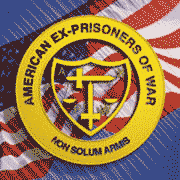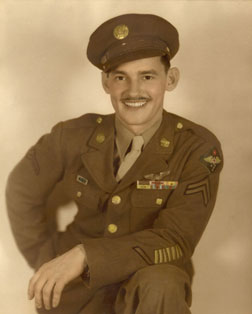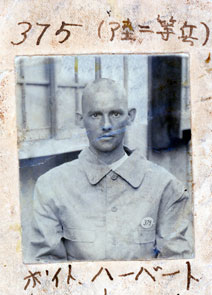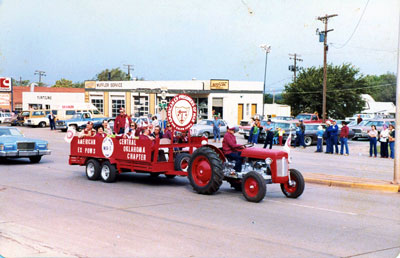
Established April 14, 1942
 |
American Ex-Prisoners of War
A not-for-profit, Congressionally-chartered veterans’ service organization advocating for former prisoners of war and their families.
Established April 14, 1942 |


Corporat Herbert Lee Boyd in uniform, after the war.
|

HL Boyd as a prisoner doing slave labor at the Omine Machi coal mine on Honshu Island. He sailed to Japan on the Hell Ship Sekiho Maru
|

1951 AXPOW Convention: (L. to R.)Jack Skaggs, Sanford Baker, HL Boyd (Boyd's Japanese Camp Bugle), Roger Bamford and William Berry
Last Name
|
First Name, Middle Init.
|
Nickname
|
Spouse
|
City
|
State, Zip
|
Conflict — Theatre
|
Branch of Service
|
Unit:
|
Military Job
|
Date Captured
|
Where Captured
|
Age at Capture
|
Time Interned
|
Camps
|
Date Liberated
|
Medals Received
|
After the War ...
|
| |||
In September 1941, I received sealed orders to report to "Plum," which turned out to be Clark Field, Pampanga Province and Philippine Islands. This turned out to be "Plum to Hell." On 8 December 1941, approximately 10 hours after Pearl Harbor was bombed, the Japanese attacked Clark Field. We lost 28 of our B-17’s.
We retreated to the Bataan Peninsula on 25 December 1941. We worked to help build an air strip until 5 February 1942, when we were sent to combat duty with the United States Air Force of the Far East (USAFFE). We made our final stand at Vega Point, Mareveles until 9 April 1942 when General Edward P. King had no choice but to surrender us to the Japs.
We were promised a ride, but we ended up walking 88 miles to San Fernando, Pampanga Province. Those who survived were shoved into a narrow-gauge boxcar, 100 or more to a car, and hauled 50 miles North to Tarlac. From there, we marched to Camp O’Donnell, a camp prepared for Filipino Constabulary prior to the war. Malaria hit me, and I volunteered for any detail to get out of that dump!
We were then sent back to Bataan to load US armament for the Japanese. I got sick again with Malaria and Dysentery. The Japs then hauled me to Cabanatuan Prison Camp #1. After going blind and surviving the farm and burial detail, I was then sent back to Clark Field. This time, it was not like my earlier detail since we worked everyday except Yasume (Japanese for Sunday).
In early 1944, I was hauled back to Cabanatuan #1, and shortly thereafter, they sent me to Bilibid Prison in Manilla. On 1 July 1944, we were loaded on a captured Canadian freighter that had been christened the SS Canadian Inventor and would be renamed the Sekiho Maru. We had nicknamed it Mati-Mati Maru, which meant "wait a minute." After 62 days at sea, we finally landed at Moji, Japan. We marched across a railroad trestle to Simoneske, Honshu, Japan. We boarded a train to Omine Machi, a Jap coal mine. The Japs had used Russian POWs to work this mine back in 1906 as slave laborers. For 11 months I worked in the coal mine, obtaining a knee and finger injury in December 1944.
I was the camp bugler and still have the Jap bugle I used.
I was liberated 15 September 1945 at Wakayama, Japan after 41 months, 8 days, and 7 ¾ hours as a "Holio" (Japanese for prisoner). I was honorably discharged 18 March 1946 at Camp Chaffee in Fort Smith, AR.

1954 Dedication of Midwest City, OK AXPOW Clubhouse: (L. to R.) Bob Roberts, HL Boyd-Bill Curry, Roger Bamford, Eldon Sargent
|

1983: Pulling an AXPOW float with his tractor in the Norman, OK Christmas Parade.
|

1988: After receiving his POW Medal, 1988. |